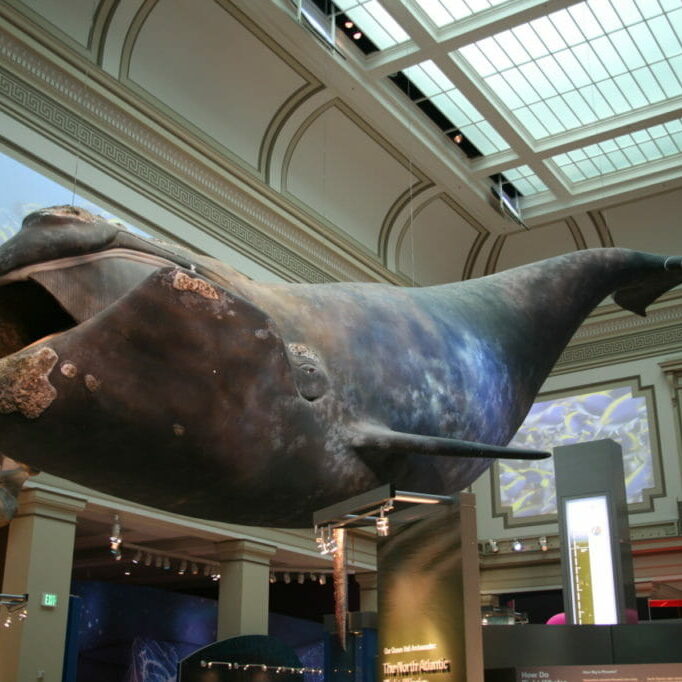
The call of the North Atlantic right whale
Dalhousie teams up with the military to research the endangered species
An experiment is underway in the Gulf of St. Lawrence.
The experiment involves boats, planes, autonomous underwater vehicles and sonobuoys (buoys which can detect underwater sounds). It covers 1,500 square kilometres and is being run by groups from Dalhousie University, the Canadian Armed Forces and more.
Their goal is to find a method of surveying and tracking North Atlantic right whales in order to help keep this endangered species alive.
As of right now, the population of the species is down to about 500 whales. Last year alone, 17 right whales were found dead; 12 of these whales were found in the Gulf of St. Lawrence, where a good number of the whales spend their time.
According to Hansen Johnson, a PhD student working on the project, this is likely a result of the whales searching for new foraging grounds.
“They showed up in an area where there were no risk mitigation measures or monitoring in place,” said Johnson. “They show up in the middle of a snow crab fishery or a busy shipping lane.” Many are killed because “the industry isn’t used to operating around right whales.”
The sonobuoy experiment
There’s an urgent need for better tracking and monitoring methods due to the nature of the whales’ movement.
This leads to what Johnson calls “the sonobuoy experiment.”
The project was born when Johnson met Major Dugald Thomson. They got talking about all of the knowledge gaps in right whale conservation and the resources that the military has. Through this initial inspiration, lots of planning, and collaboration with other research and government groups, the sonobuoy experiment took off.
Given the project’s multi-faceted nature, organizing took quite a bit of work. In order to ensure the project’s success, it was crucial to make sure the experiment would be set up in an ideal location. The location needed to be accessible to all the groups involved and have as many whales as possible present.
After all of the planning, it was determined that the spot in the Gulf of St. Lawrence – just north-west of Prince Edward Island – was the best bet.
“The whole goal became [to] combine as many different types of right whale monitoring technology at the same place, at the same time, to learn about how well each system performs,” said Johnson.
These different technologies include traditional whale survey methods – such as photographing the whales from boats and planes – and newer technologies like the underwater gliders and the sonobuoys. Both the gliders and the sonobuoys are able to listen to and record the sounds made by the whales as they communicate with each other. By listening to and recording the sounds, the exact position of the whales can be determined.
In the sonobuoy experiment in the Gulf of St. Lawrence, 32 sonobuoys were deployed by military planes. As soon as they’re in the water, the sonobuoys relay the audio back up to the planes using radio waves. All this while, the ocean vessel and planes are collecting visual data.
“You now have this multi-faceted dataset,” said Johnson, referring to the combination of the visuals and the data from the ocean gliders. “You have this really rare ability through the sonobuoys to pinpoint the location of any sound that comes from within this entire area. It gives us the ability to compare between all these different monitoring strategies.”
One of the goals of this project is to understand how well the technologies work compared to one another. By employing all of these monitoring techniques in tandem with one another, the greater the understanding of each technology’s limitations.
Take the ocean gliders, for example. It’s critical in the use of these gliders to understand aspects such as how far its range of hearing is. This information can be attained when the gliders are used at the same time as the sonobuoys.
“It’s all about comparing these different monitoring strategies and trying to improve them by overlapping them,” said Johnson.
The experiment is still on-going and there won’t be any results until it’s complete.
“It’s been pretty amazing to see [the] progression, and [the] level of commitment by everyone involved,” said Johnson. “Particularly the Canadian government … to put that much level of effort into survey coverage is just incredible.”






